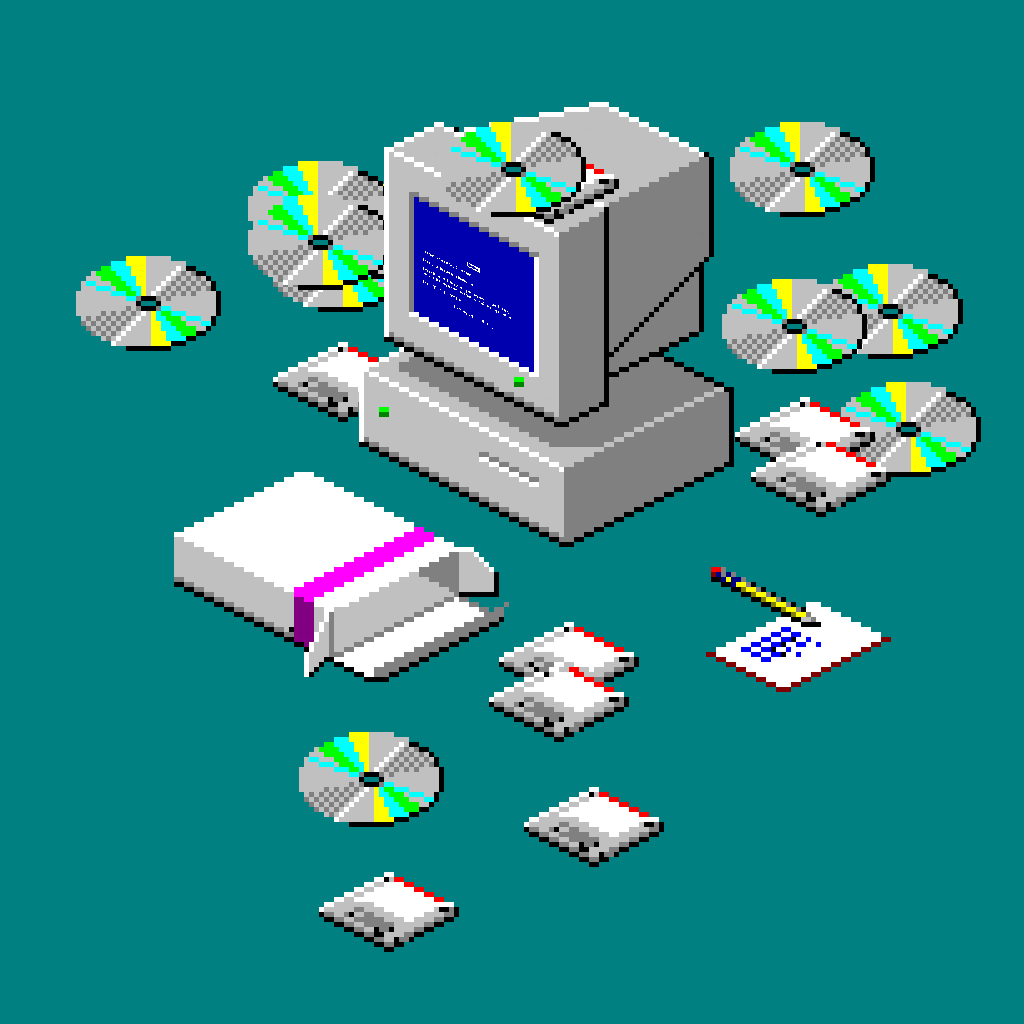“Nostalgia makes us a bit more human,” – Dr Sedikides

Nostalgia, as you can see above, is a sentimental feeling for the past, often including but not limited to childhood memories, or any happy memory from the past. It’s a bittersweet emotion, one where people feel a longing or happiness over old memories and old times.
The happier nostalgic memories are known for counteracting boredom, loneliness, and anxiety. It helps bring people together and relate to each over and despite what some people believe, nostalgia brings more happy emotions than sad ones, since while nostalgic memories can give you a sense of loss, it’s more likely to make you feel optimistic and better about the different possibilities in the future. It also helps with transitions of events in your life.
As I’ve mentioned above, there are 2 main types of nostalgia. There’s positive nostalgia and negative nostalgia. Here are the main differences:
Positive Nostalgia:
Positive nostalgia is known for its happier emotions, and its “rose-tinted” memories from the past. They’re associated with feelings of comfort and cheerfulness. The phrase “rose-tinted” fits this type of nostalgia since memories can look different than they were experienced, making them happier.
Negative Nostalgia:
Negative nostalgia is known for its more depressive or painful emotions since those memories fill the person with longing and regret for the times they had.
The chemical in our brain that causes nostalgia is a chemical called Dopamine, which is a chemical that makes you feel good. It’s a type of neurotransmitter that your nervous system uses to send messages between cells.

